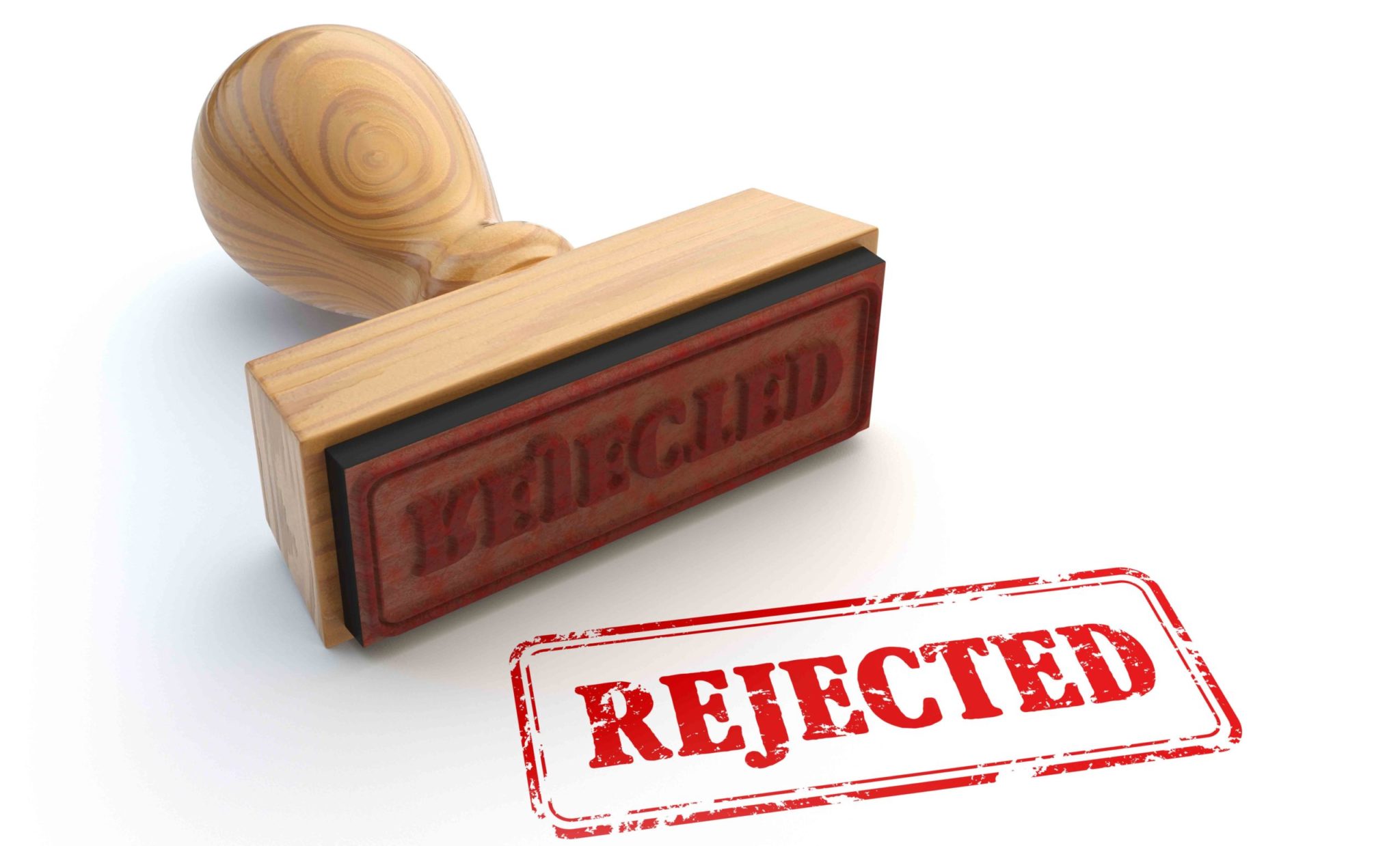
When California’s insurance commissioner in December ordered that the workers’ compensation benchmark rate for this year be cut 4.6% on average, he also rejected a recommendation that all policies be subject to a COVID-19 workers comp surcharge.
When the Workers’ Compensation Insurance Rating Bureau made its rate filing for 2021, it also recommended that all policies in the state be subject to a COVID-19 workers comp surcharge that ranged from 1 cent per $100 of payroll for the least risky professions to 26 cents per $100 of payroll for the riskiest (such as health care workers). The Rating Bureau had also asked for a 2.6% increase in the average benchmark rate.
Insurance Commissioner Ricardo Lara rejected the filing, saying both the request for rate hikes and the surcharges were not borne out by the claims statistics. As is his prerogative, Lara ordered that the benchmark rate be cut.
“The WCIRB’s thorough efforts to estimate COVID-19 costs are noted and appreciated but I am not persuaded that there is sufficient and reliable data upon which to base an adjustment for COVID-19 costs,” he said in a statement.
COVID-19’s Effect on Workers Comp
The Rating Bureau had made a big deal about the COVID-19 surcharges in anticipation of certain industries being adversely affected by high work-related coronavirus infections. However, overall workplace injuries in California have dropped precipitously since the start of the pandemic and all the fallout that has put a major dent in economic activity.
The pandemic has led to an overall 20% decrease in workers’ compensation claims in the state, even though COVID-19 claims surged during the summer months.
Under California law, insurers are not allowed to count COVID-19 claims when calculating employers’ workers’ compensation experience modifiers (X-Mods). Another law extends a presumption that any worker who reports to a workplace and comes down with coronavirus will be eligible for workers’ comp benefits.
Lara adopted an average benchmark rate of $1.45 per $100 of employer payroll and adjusted the pure premium rates for individual classifications — excluding additional adjustments for COVID-19 — based on the benchmark rate effective Jan. 1, 2021. That’s compared with the $1.50 average benchmark rate as of Jan. 1, 2020.
The benchmark rate — or pure premium rate — is a base rate that insurers use to price policies. It excludes overhead and profits. The rate is advisory and final rates will vary depending on an individual employer’s claims experience.
Lara also said that if insurers wanted to include any additional COVID-19-related surcharges on their policies, they would need to clearly identify the adjustments in their rate filings with the Department of Insurance.
